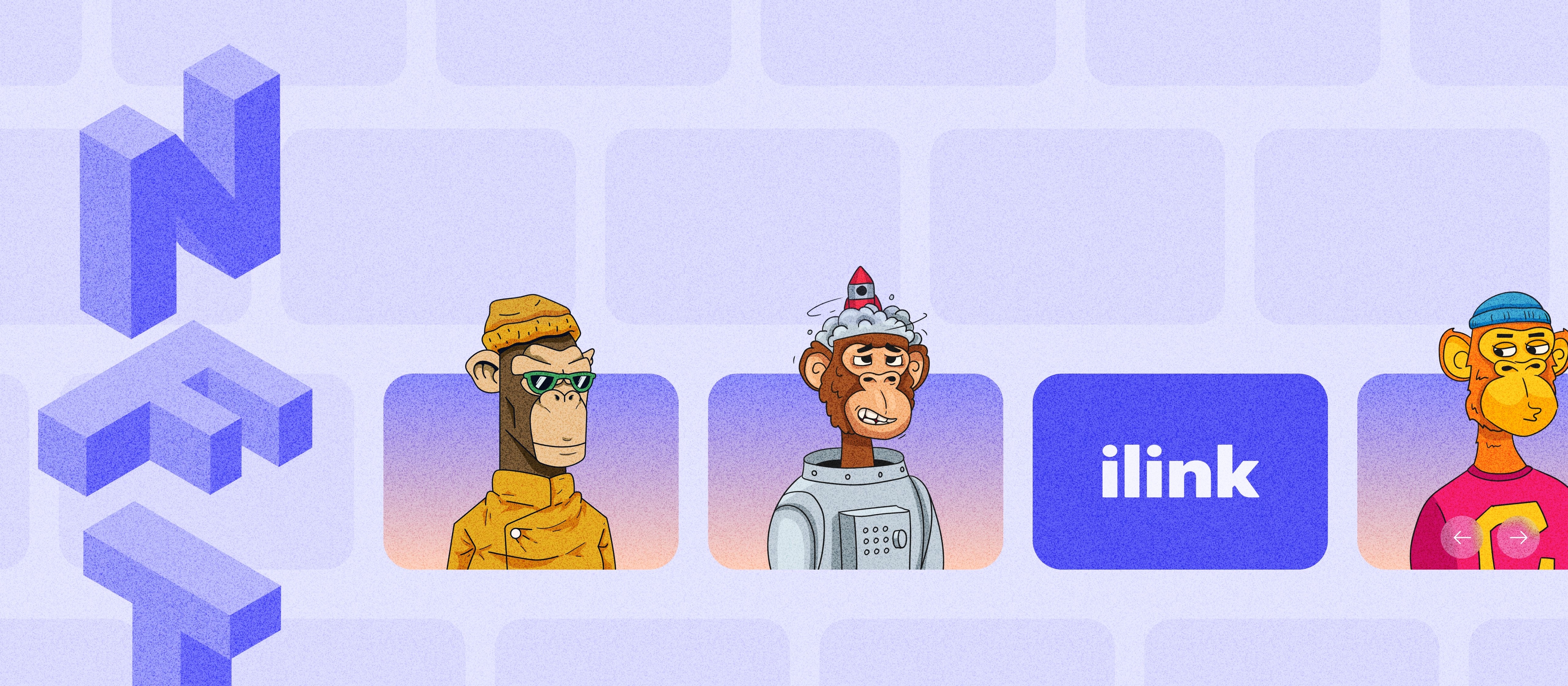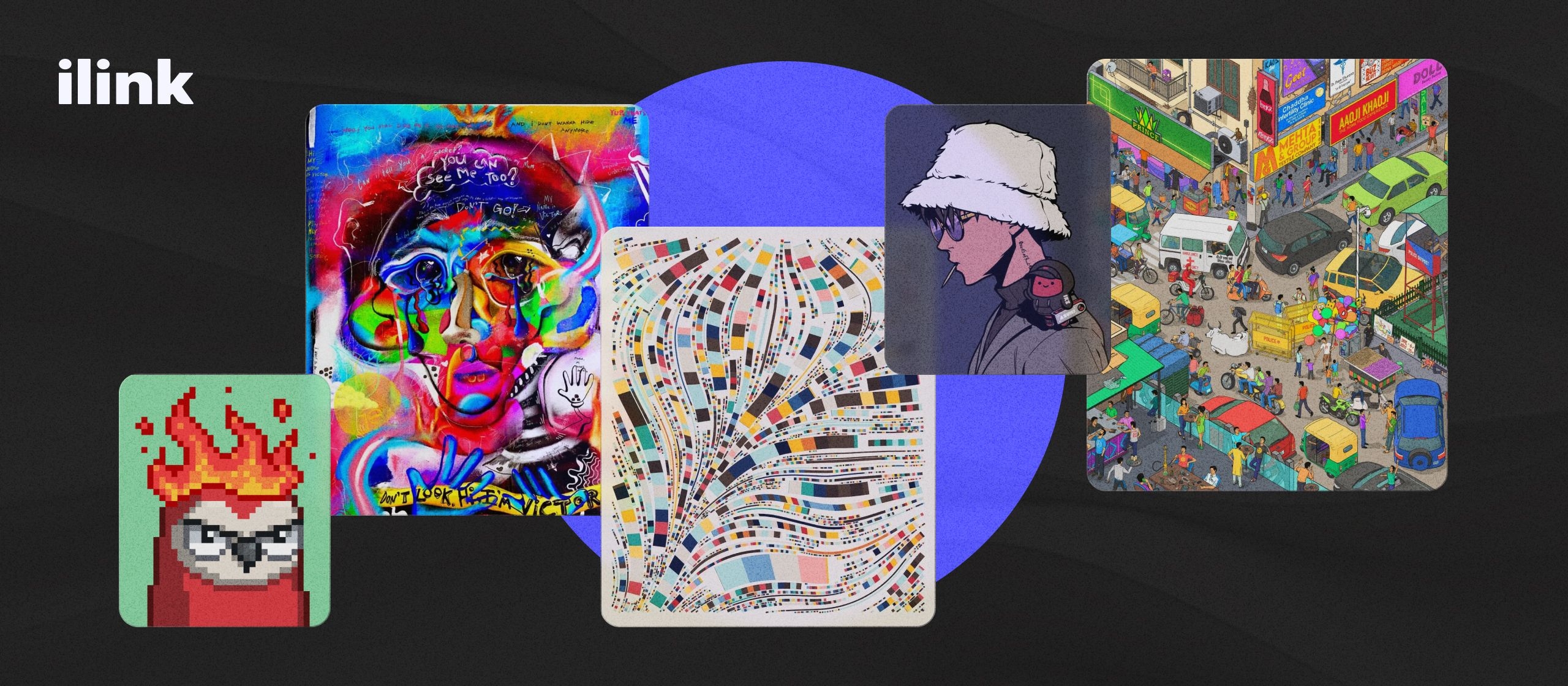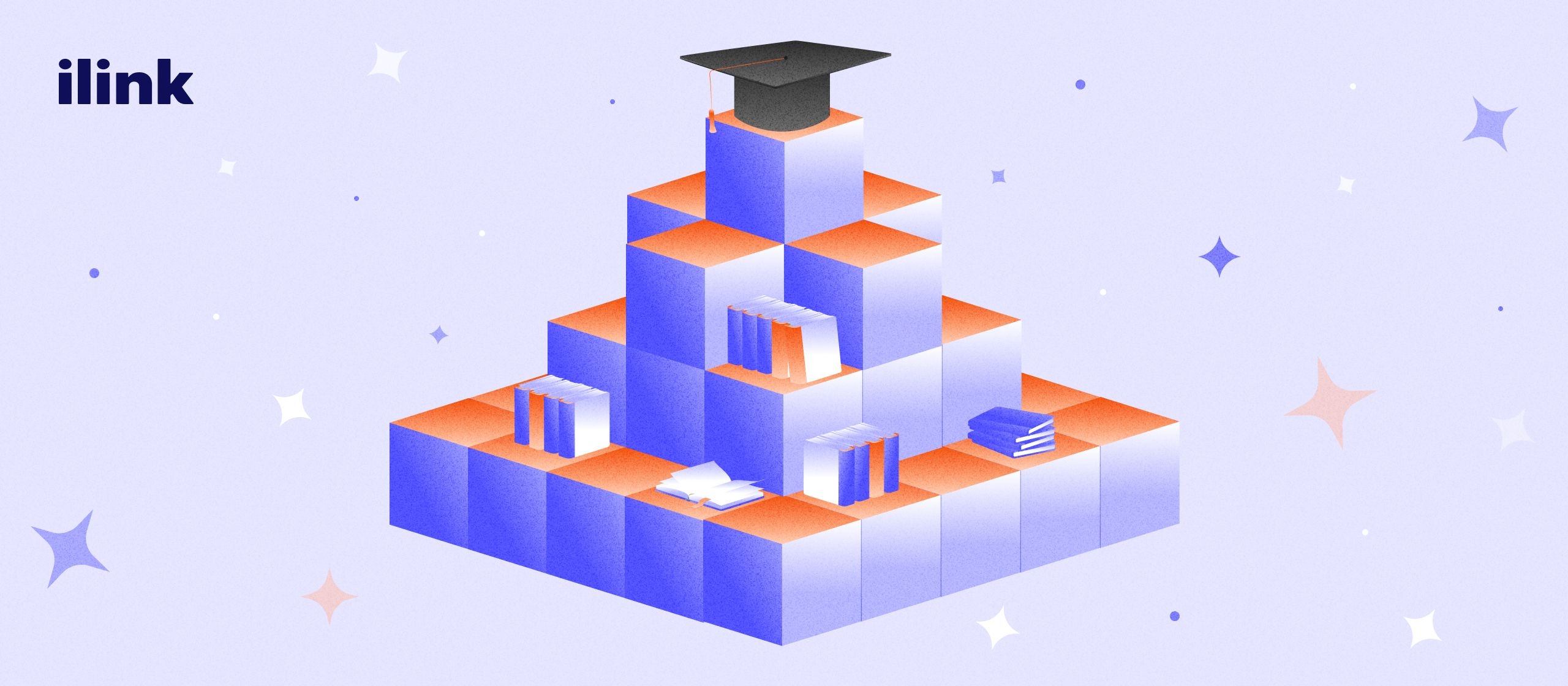How to Create an NFT Marketplace: A Step-by-Step Guide to Building a Secure and Scalable Platform

Introduction
The world of NFTs (Non-Fungible Tokens) has rapidly expanded, revolutionizing industries such as art, gaming, collectibles, and entertainment. As the demand for digital ownership grows, the need for secure and user-friendly NFT marketplaces has surged. These platforms allow users to buy, sell, and trade NFTs, making it essential for creators and businesses to build a marketplace that supports these unique digital assets.
What is an NFT Marketplace?
An NFT marketplace is an online platform where creators, buyers, and sellers can interact to buy, sell, and trade NFTs. NFTs represent ownership of digital assets like art, music, videos, and virtual items in games, all recorded on a blockchain.
Key Features of an NFT Marketplace:
- Listing NFTs. Users can create listings for digital items like art, music, and virtual goods.
- Auctions and bidding. Facilitating auction-based sales for NFTs, allowing sellers to auction their assets to the highest bidder.
- Payment integration. Integration with cryptocurrency wallets for seamless transactions.
- Smart contracts. Ensuring secure and automated transactions for buying and selling NFTs.
How Does an NFT Marketplace Work?
An NFT marketplace operates by connecting buyers and sellers in a decentralized environment. Here’s how it works:
- Blockchain Integration. NFT marketplaces are built on top of blockchain platforms like Ethereum, Binance Smart Chain, and Solana. These blockchains provide the decentralized ledger that records ownership and transaction history of NFTs.
- Smart Contracts. Smart contracts facilitate automated transactions in an NFT marketplace. When an NFT is bought or sold, a smart contract is triggered to ensure the trade occurs smoothly without the need for intermediaries.
- Wallet Integration. Users can connect their crypto wallets (e.g., MetaMask, Trust Wallet, or Coinbase Wallet) to the marketplace to manage their assets. Wallets are used to store NFTs and facilitate transactions within the platform.
Steps to Create an NFT Marketplace
Creating an NFT marketplace involves several important steps. Here's how you can get started:
Step 1: Define Your Niche
Before developing your marketplace, it's crucial to define the niche your platform will cater to. For example:
- Art NFTs. A platform for digital artists to sell their work.
- Gaming NFTs. A marketplace dedicated to in-game assets, skins, and collectibles.
- Music NFTs. A platform for musicians and content creators to sell music as NFTs.
Step 2: Choose the Blockchain
Decide on the blockchain platform that suits your marketplace needs:
- Ethereum. The most widely used blockchain for NFTs, offering robust smart contract support.
- Binance Smart Chain. A fast and low-cost alternative for NFT development.
- Solana. A highly scalable blockchain ideal for marketplaces requiring high throughput.
Step 3: Develop Smart Contracts
Smart contracts are the foundation of NFT marketplaces, ensuring transactions are secure and automated. You will need to develop smart contracts that:
- Manage the creation (minting) and listing of NFTs.
- Handle royalties for creators when their NFTs are resold.
- Ensure seamless and secure transactions between buyers and sellers.
Step 4: Design the User Interface (UI)
A user-friendly interface (UI) is essential for the success of your NFT marketplace. Focus on:
- Simple and intuitive navigation for buyers and sellers.
- Clear categories and filters for finding NFTs based on price, category, or creator.
- Search functionality to help users quickly find the NFT they’re interested in.
Step 5: Integrate Cryptocurrency Payment Systems
Your marketplace should allow users to buy and sell NFTs using cryptocurrencies. Integration with wallets like MetaMask and Trust Wallet allows users to connect their wallets and execute transactions.
Step 6: Implement Security Features
Security is a top priority in NFT marketplace development. Ensure that your platform:
- Utilizes SSL encryption for secure data transfer.
- Implements two-factor authentication (2FA) for user accounts.
- Conducts smart contract audits to detect vulnerabilities.
- Uses cold storage for holding assets safely offline.
Step 7: Test and Launch
Before launching your NFT marketplace, ensure that:
- Performance testing is done to handle high volumes of transactions and users.
- Security audits are conducted to protect the platform from vulnerabilities.
- Beta testing is carried out with a select group of users to identify and fix issues.
Step 8: Marketing and Growth
Once your NFT marketplace is live, it’s important to:
- Use SEO strategies to rank higher on search engines.
- Promote your platform through social media, influencer marketing, and collaborations with NFT creators and artists.
- Engage with your user base by offering exclusive NFT drops and special promotions.
Contact ilink - our expert team specializes in developing secure, scalable, and user-friendly NFT marketplace solutions. Let’s build the future of digital asset trading together!
Key Features of a Successful NFT Marketplace
To ensure the success of your NFT marketplace, consider integrating these essential features:
User Registration and Profile Management
Allow users to sign up, create profiles, and track their transactions and NFT ownership history. Integration with Web3 wallets for easy sign-ups is essential.
NFT Minting
Enable creators to mint NFTs on your platform by uploading digital files, adding metadata (like title, description, and artist name), and setting royalty percentages.
Search and Filter Options
Provide search and filter functionality to help users find NFTs by category, price range, artist, and more. A robust search engine improves the user experience and engagement.
Bidding and Auctions
Implement auction features that allow users to bid on NFTs, creating a competitive environment for buyers.
Royalties and Revenue Models
Incorporate a royalty system that ensures creators receive a percentage of every secondary sale of their NFTs.
How to Monetize an NFT Marketplace
There are several ways to generate revenue from your NFT marketplace:
Transaction Fees
Charge a percentage of each sale or auction on the platform. This is the most common revenue model for NFT marketplaces.
Minting Fees
Charge users a fee to mint NFTs on your platform. This can include an initial minting fee for creators who wish to list their work.
Listing Fees
Some platforms charge users a fee to list their NFTs for sale or auction.
Premium Services
Offer premium features such as enhanced visibility for NFTs, analytics tools, or early access to special NFT drops.
Popular NFT Marketplaces to Take Inspiration From
Here are some popular NFT marketplaces to learn from when developing your platform:
- OpenSea. One of the largest and most popular NFT platforms, focusing on a wide variety of digital assets, including art, collectibles, and gaming items.
- Rarible. A decentralized NFT marketplace that allows creators to mint, buy, and sell NFTs directly on the blockchain.
- Foundation. A curated NFT marketplace for digital art that focuses on promoting independent artists and creators.
Building an NFT marketplace is a highly rewarding venture, providing a platform for creators and collectors to engage with digital assets. By focusing on security, scalability, and user experience, you can create a marketplace that stands out in a rapidly growing industry. Whether you are building a centralized marketplace, decentralized platform, or a hybrid solution, the steps outlined above will help you create a successful NFT marketplace.
Comments (0)
Latest Posts

Understanding the mechanics of these platforms is crucial for anyone looking to participate in the world of NFT trading and digital ownership.

In this article, we will dive into the key roles in a blockchain development team, the necessary skills for each role, and the tools and methodologies that help these teams collaborate efficiently and deliver top-notch blockchain applications.
Do You Have Any Questions?
Leave your details - we will contact you to answer all your questions

